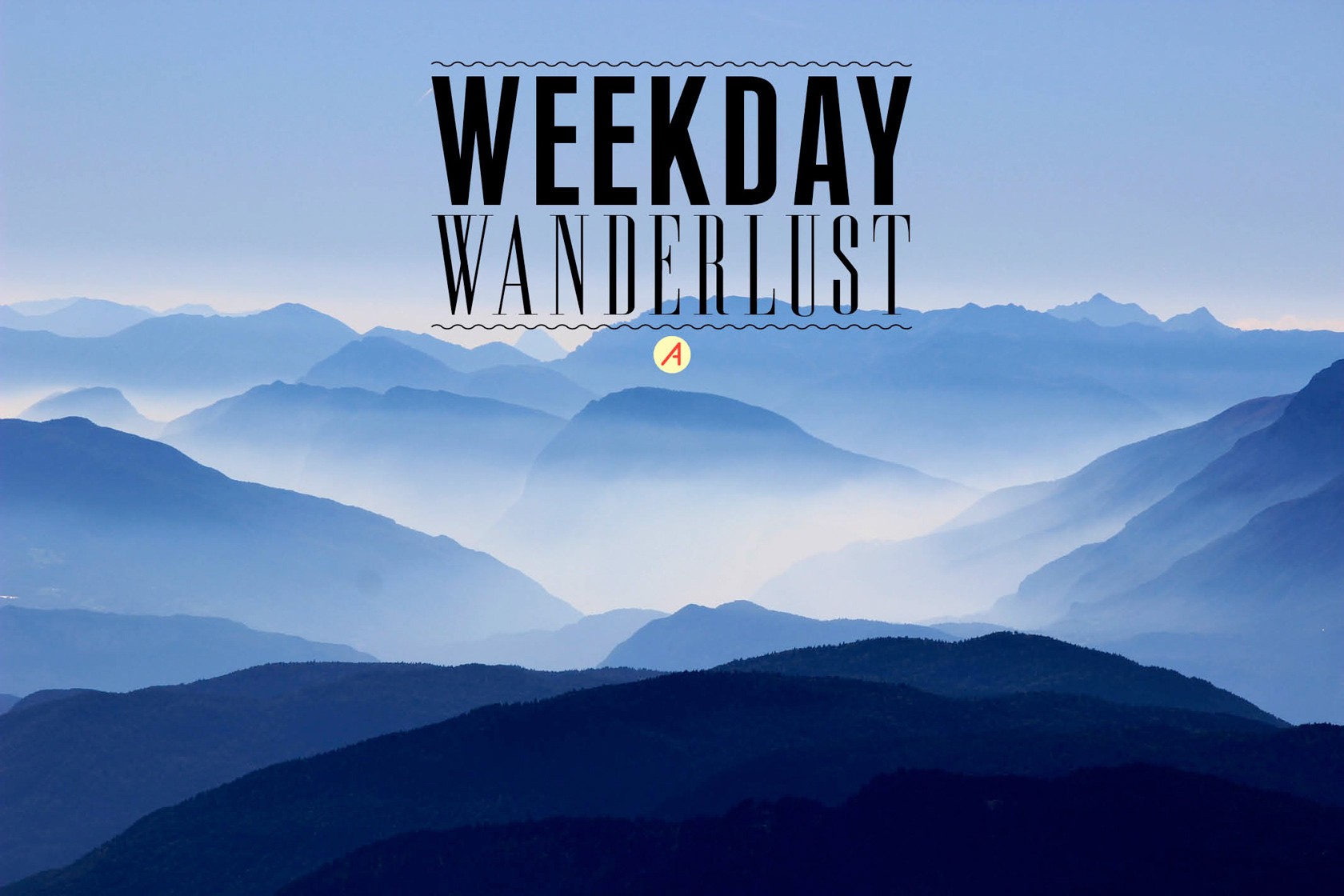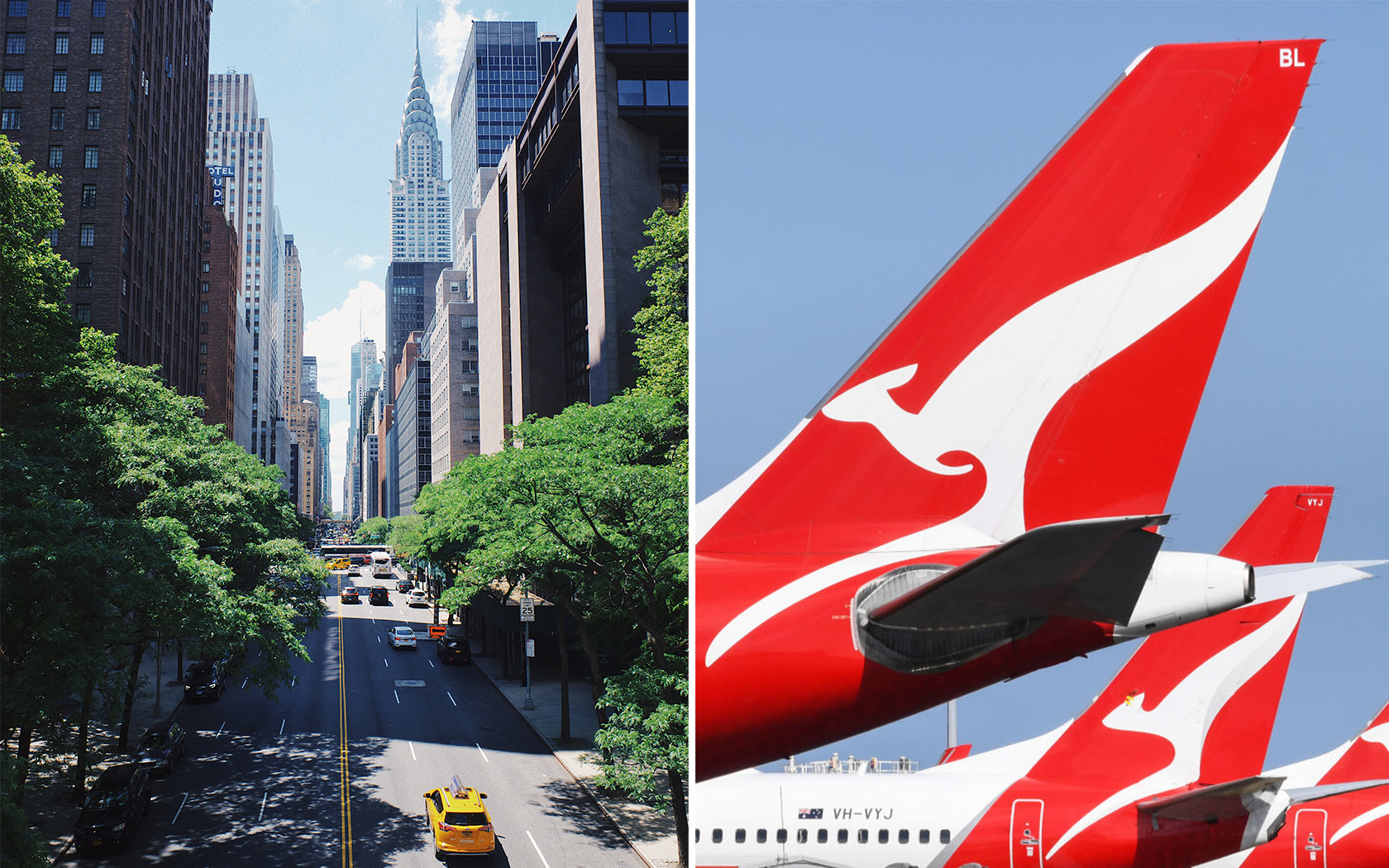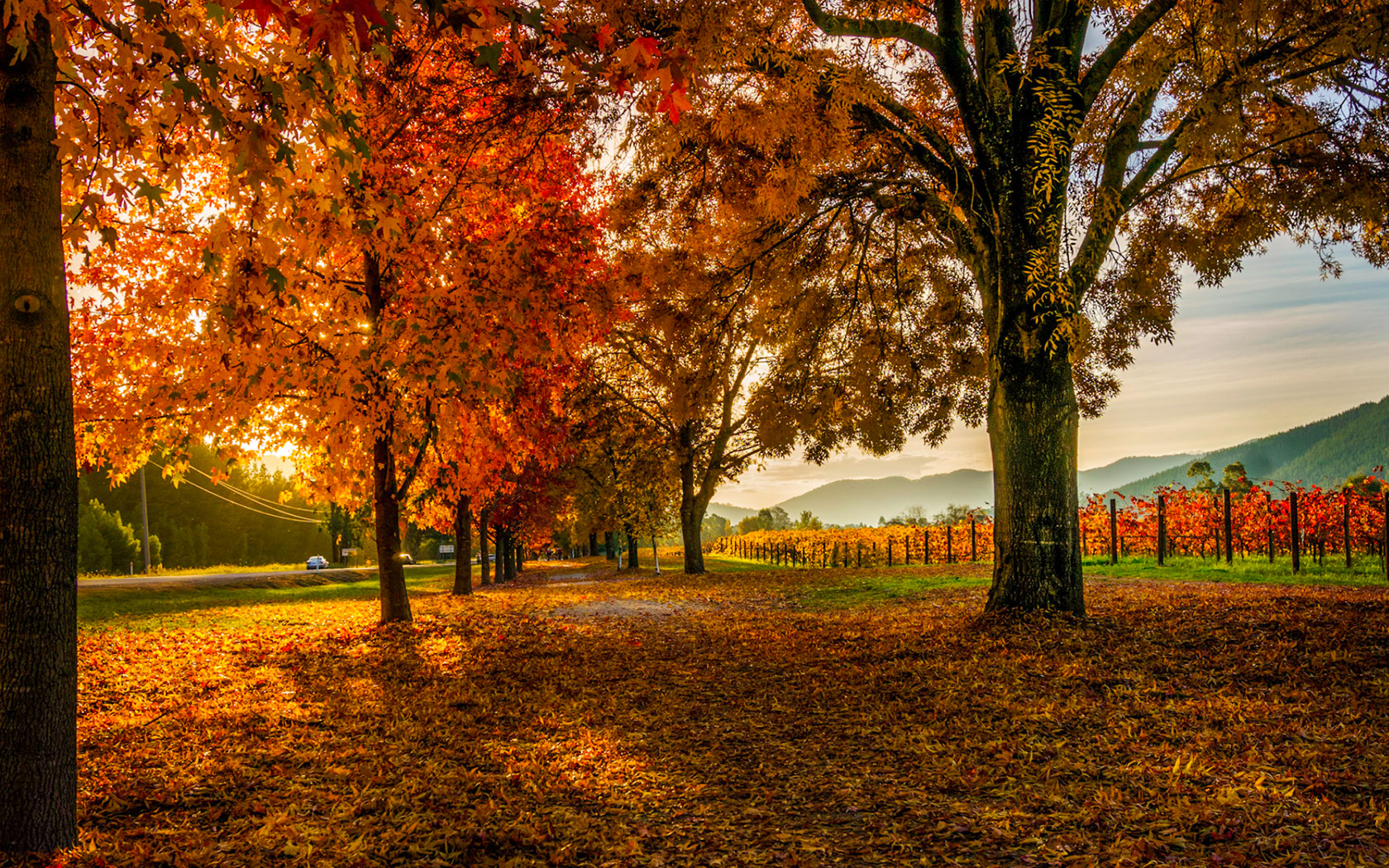How To Go Glamping In Victoria Without A Car
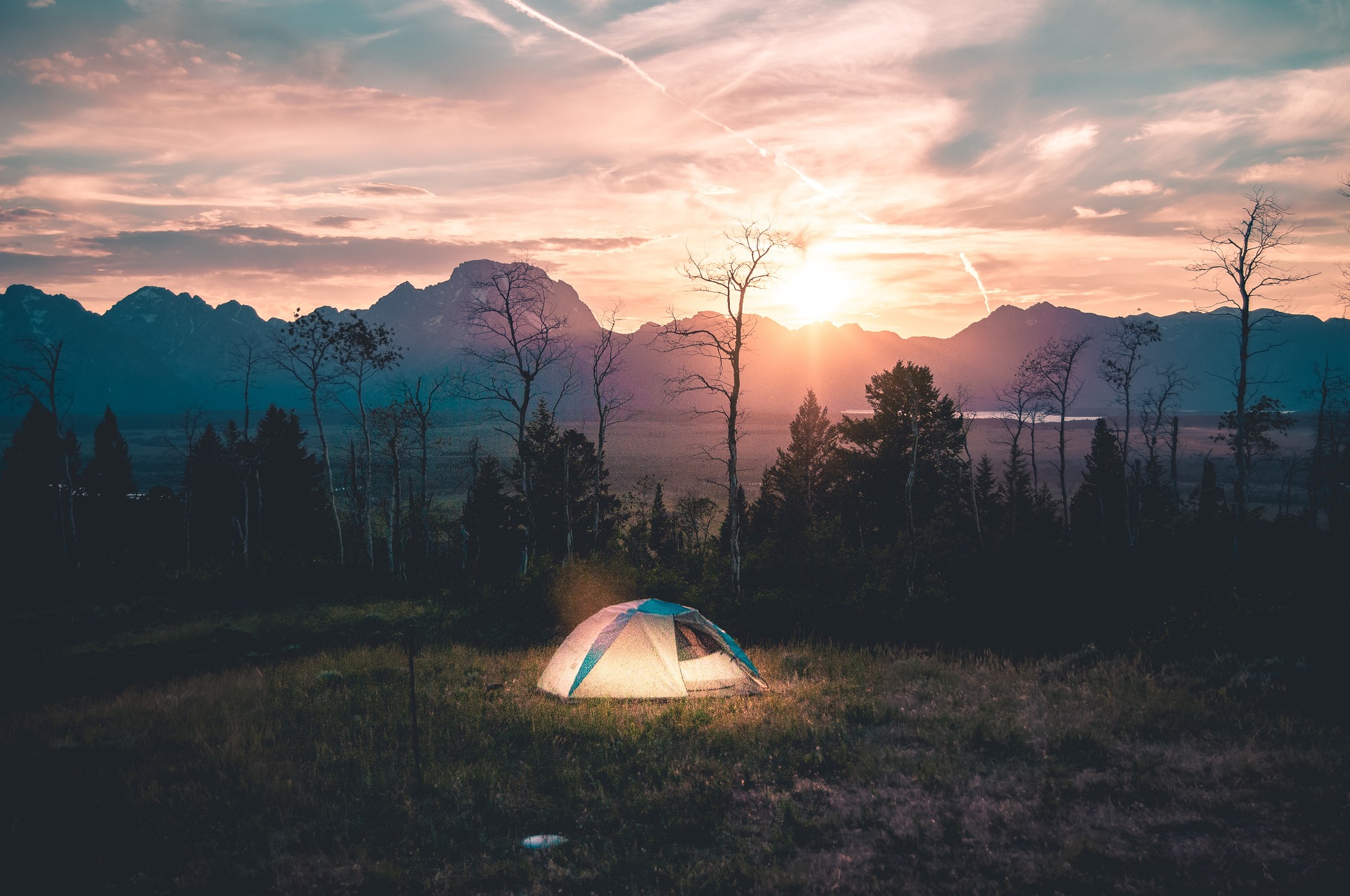
Megan Anderson is a Melbourne-based freelance journalist and online editor…
As a public transport user with a limited budget and magnificent student loan, the long weekend means one thing: listening to higher-paid colleagues talk about flitting away to their aunt’s mansion on Phillip Island, gorging themselves in the Yarra Valley, or driving to that fabulous holiday house in Daylesford they booked on special for $300 a night.
Without a car, romantic weekends away (i.e. without your friends and their station wagon) can seem impossible – but whatever your budget, you should never deprive yourself of the long weekend away. A camping weekend on a budget in Victoria can end up even more luxurious than Aunt Elsie’s immaculately cleaned Phillip Island retreat. All it takes is a little planning ahead.
Take the train
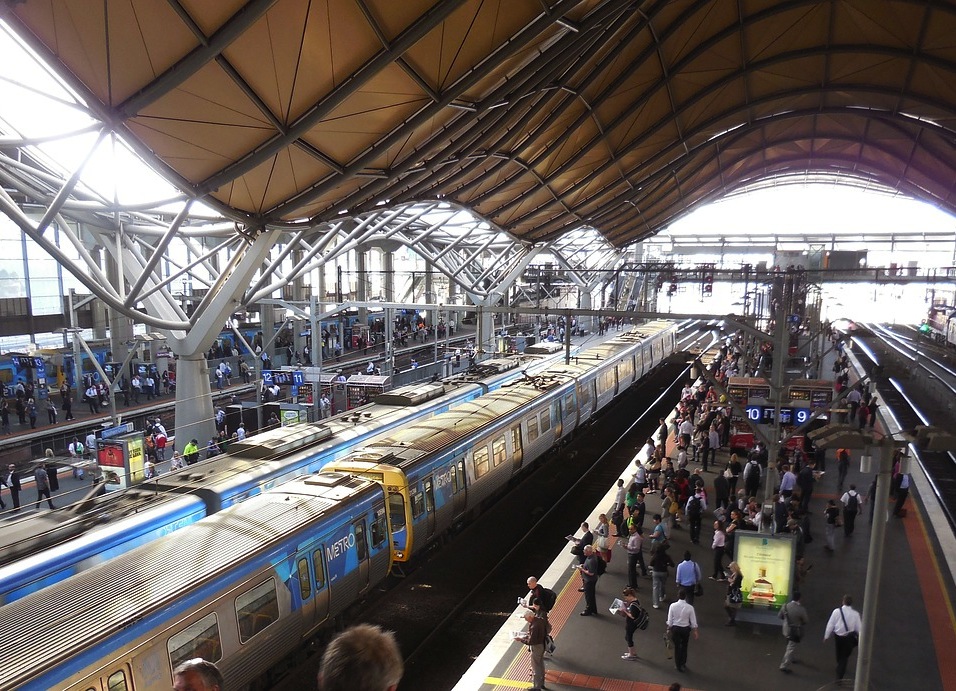
Compared to abroad and for the amount of distance you travel, taking the train around regional Victoria is remarkably cheap. It’s even cheaper if you have a concession card. And, if you stick within Myki limits, it’s cheaper again (you can compare fares here).
A trip to the gold rush towns of Ballarat or Castlemaine off-peak, for example, will set you back the cost of two coffees if you’re concession (roughly $6 to $7), or a bottle of decent wine on a full fare ($13 to $15). You can even mix it up and save on costs by taking a bus.
The trick is picking a destination from this map that has it all and, more importantly, doesn’t require lugging your camping equipment for two hours through farmland.
Pack light

If you’re like me, and don’t own a cupboard full of dusty camping equipment or one of those enormous backpacks, things get interesting when you attempt to lug your Kmart tent, sleeping bag and aperitif glasses onto a train. Keeping in mind that you may be walking a fair distance on arrival (though if you’re clever you won’t have to walk more than ten minutes), it’s important to pack as light as possible.
Luckily, there are a few tricks that we strongly advise you don’t try in the middle of winter – carless glamping is for the warmer months only, unless you are particularly well-stocked in fun prints of thermals and insulated sleeping bags. Here we go:
- Collect tiny jars then fill them with detergent, moisturiser, gin, oil, and everything else that rural supermarkets delight in overcharging for.
- Ditch the pillows and blankets. You can plump out a pillow case with your clothes, and holiday parks are usually more than happy to hire out linen at minimal charge – just make sure you phone ahead to check. With all the room you’ve saved, you can now fit in that cute onesie and paisley bunting.
- If you don’t own a backpack, or don’t like the sensation of carrying around an enormous growth on your shoulders, consider a suitcase with wheels. Glampers should never underestimate the convenience of a suitcase while camping, even if that means offending campers everywhere. Suitcases are easy to roll around in train stations and, provided you don’t go anywhere too intrepid, you can add an element of the jet set to your weekend retreat. A good one will fit both tent and air mattress and double as a temporary (if slightly uncomfortable) lounger.
- Everyone likes a glamorous camp kitchen, but the reality of the carless camper is a little different. Small gas stoves are great, but why bother lugging around cooking equipment when there are campsite barbeques and takeaway joints in town. Save room for the Scrabble.
- Don’t underestimate the importance of battery-powered fairy lights.
- Sunblock. You’ll want that.
Location, location, location
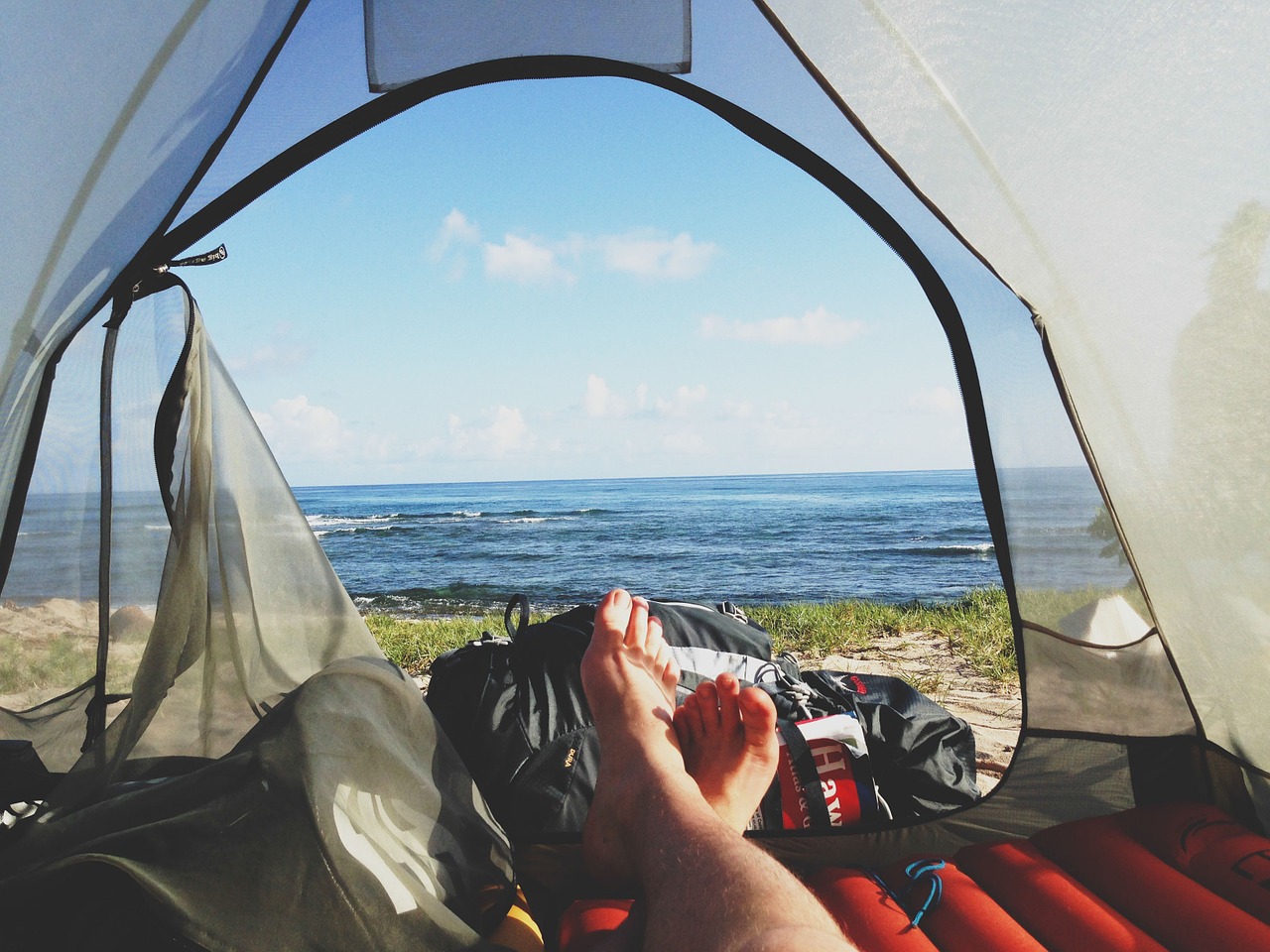
We all know it’s fun to close your eyes and pick a random spot on the map, but it’s not so fun when you arrive and find the nearest campsite is a 50-minute walk and the alternative is to spend $100 a night in a motel that smells like dead rabbits. Budget camping takes planning, which begins with a number of Google searches. Remember to check:
- Walking distance from the station/bus stop to the nearest campsite.
- Cost: some big chain holiday parks will set you back a mental $42 per unpowered campsite per night.
- Distance to the nearest store: because packing light means purchasing groceries.
- Availability: weird I know, but campsites do book out from time to time, so it pays to guarantee your spot.
- Amenities: if showers and flushing toilets are important to you, then this is a good one to double check.
Too busy to research? Click through to the new page for some great glamping destinations in Victoria.
Megan Anderson is a Melbourne-based freelance journalist and online editor for Going Down Swinging, who spent the last year writing her way around Europe. You can find her on Twitter here.


